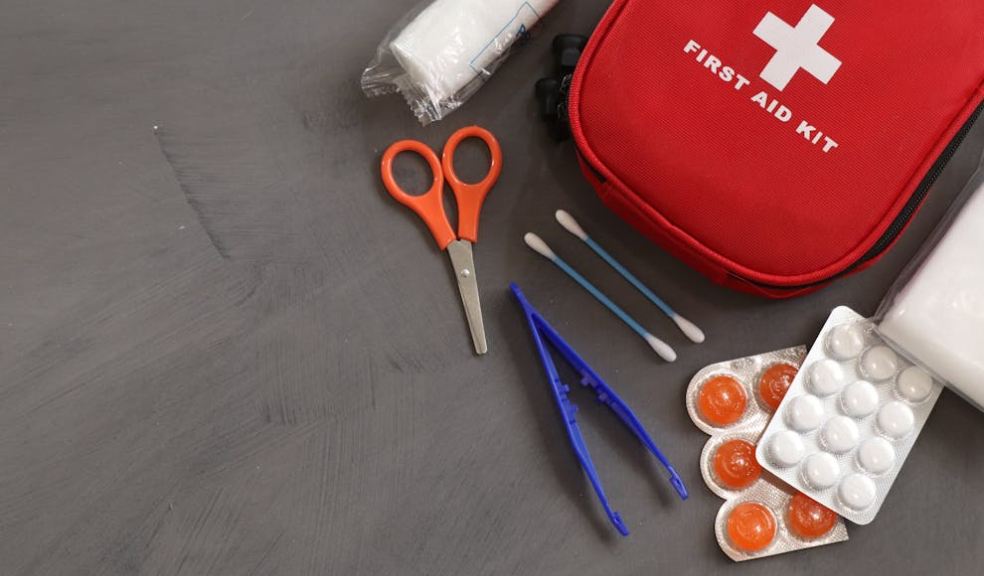
Family First Aid Preparing for Any Emergency at Home
When it comes to ensuring the safety and wellbeing of our loved ones, there’s hardly a skill more valuable than knowing how to handle a medical emergency. From minor mishaps like a scraped knee in the garden to more severe situations such as a choking incident, having the confidence and knowledge to act swiftly can make all the difference.
Let's explore how you can prepare to handle emergencies confidently, ensuring your home is a safe haven for everyone.
The Basics of Home Safety
Firstly, ensuring your home is equipped with a well-stocked first aid kit is essential. This kit should be accessible at all times and contain items like bandages, antiseptic wipes, adhesive tape, scissors, tweezers, sterile gauze pads, and pain relievers.
Remember, the goal is to be prepared for a variety of situations, from treating a burn while cooking to addressing more urgent medical needs.
Learning Key First Aid Techniques
It's one thing to have all the tools, but knowing how to use them is crucial. Basic first aid knowledge includes understanding how to treat cuts, burns, sprains, and fractures. Additionally, learning how to perform CPR and what to do in case of choking are vital skills, especially for parents and caregivers.
Plymouth first aid training courses, such as those offered by providers like Safe Haven Training, are invaluable for this kind of preparation. These courses often cover a range of scenarios, equipping you with the skills to respond effectively.
Childproofing Your Home
For those with little ones running around, childproofing your home can significantly reduce the risk of accidents. Securing furniture to walls, using socket covers, and keeping harmful substances out of reach are all straightforward measures that can prevent injuries.
Regularly reviewing your home’s safety measures as your child grows is also recommended, as older children may encounter different risks.
Regularly Updating Skills and Supplies
First aid techniques and best practices evolve, so it’s wise to refresh your knowledge every few years. This could be through refresher courses or staying updated with the latest guidelines from health organisations.
Similarly, checking your first aid kit regularly is crucial to replace used or out-of-date supplies.
Creating a Family Emergency Plan
Beyond immediate medical response, it’s helpful to have a family emergency plan. This includes knowing who to call in different scenarios, having a list of emergency contacts readily available, and ensuring everyone in the house knows where to find the first aid kit and important medical information, like allergies and existing conditions.
Engaging Children in Learning First Aid
Involving children in learning first aid can be both educational and fun. There are plenty of age-appropriate resources and kits that can make learning about first aid an engaging activity. Teaching children the basics, such as how to call emergency services and simple treatments for minor injuries, empowers them and enhances their ability to react responsibly in emergencies.
The Community Aspect
Finally, community involvement in first aid can enhance everyone’s safety. Engaging in neighbourhood safety programs or community first aid days can not only bolster your skills but also help create a network of prepared individuals.
Being prepared for any emergency at home with the right skills, tools, and plans can significantly impact your family’s safety and wellbeing. Whether it's taking a course to learn these vital skills, practising them regularly, or ensuring your home is equipped and safe, the peace of mind that comes with preparation is invaluable.
Remember, the goal is to be proactive about safety. This mindset shift can truly make your home a safe haven.











